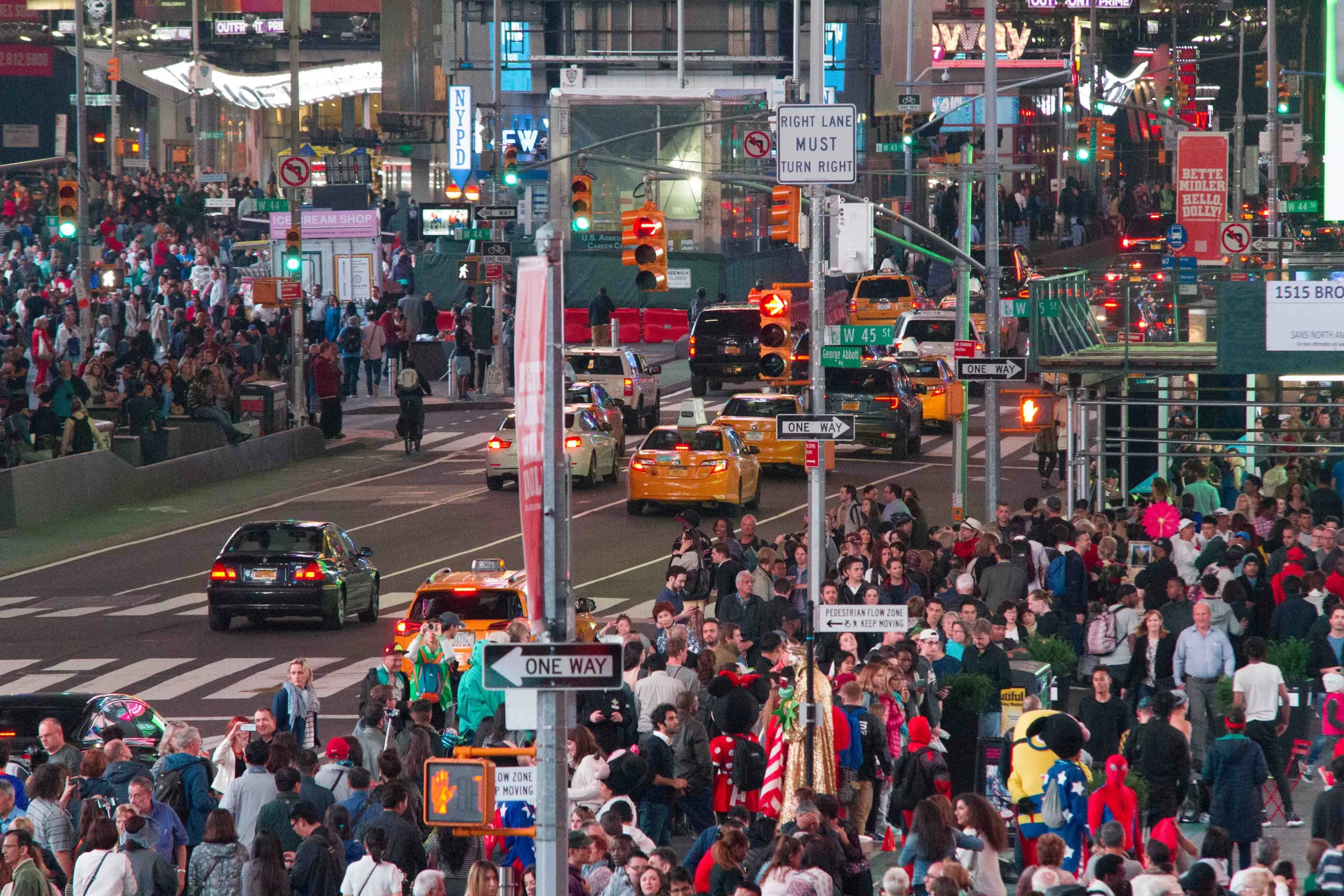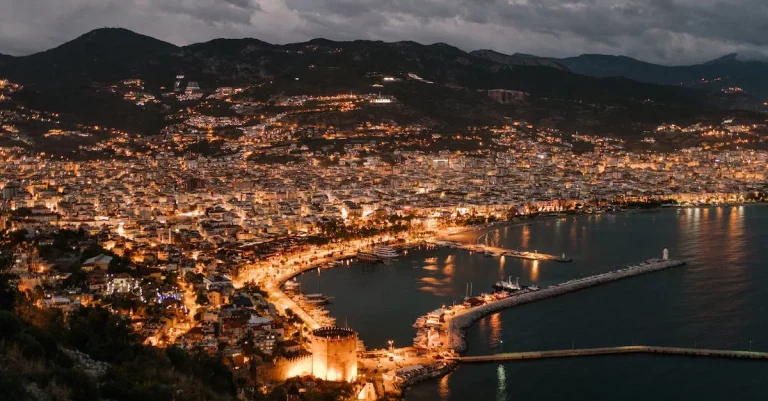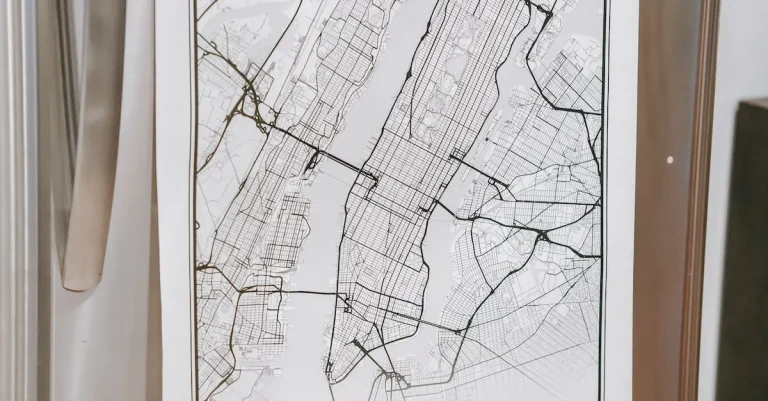A Detailed Guide To Las Vegas Rush Hour Traffic
Rush hour traffic in Las Vegas can be frustrating, but knowing what to expect can help you better navigate this busy time.
If you’re short on time, here’s a quick answer to your question: Las Vegas rush hour traffic typically occurs on weekday mornings from 6am-9am and weekday afternoons from 3pm-7pm, with the Strip area being most congested. Allow extra travel time during these hours.
When Does Rush Hour Occur in Las Vegas?
Rush hour in Las Vegas can be a challenging time for commuters as traffic congestion peaks during specific hours of the day. Understanding when rush hour occurs can help you plan your commute more efficiently and avoid unnecessary delays.
In Las Vegas, rush hour typically happens during weekday mornings and afternoons.
Weekday Mornings: 6am-9am
During weekday mornings, rush hour in Las Vegas typically starts around 6am and lasts until 9am. This is when many residents and commuters are heading to work, causing increased traffic on major roads and highways.
The influx of vehicles during this time can lead to slower speeds and longer travel times. It’s advisable to plan your morning commute accordingly and allow for extra time to reach your destination.
Weekday Afternoons: 3pm-7pm
In the afternoons, rush hour in Las Vegas usually begins around 3pm and continues until around 7pm. This is when people are leaving work and heading home, resulting in heavy traffic congestion on the roads.
The combination of commuters and tourists navigating the city’s streets can exacerbate the traffic situation during this time. If possible, consider adjusting your schedule to avoid traveling during these peak hours or explore alternative routes to minimize delays.
It’s important to note that rush hour traffic patterns can vary depending on specific events, holidays, and road conditions. Monitoring traffic updates through local news sources, traffic apps, or the Nevada Department of Transportation website can provide valuable information on any unexpected delays or road closures that may impact your commute.
Where is Traffic Most Congested?
The Las Vegas Strip
When it comes to traffic congestion in Las Vegas, one area that immediately comes to mind is the iconic Las Vegas Strip. Known for its vibrant nightlife, world-class hotels, and bustling casinos, the Strip attracts millions of visitors each year.
As a result, traffic on this famous stretch of road can be quite heavy, especially during peak times. Whether you’re a local or a tourist, it’s important to plan your journey accordingly if you want to avoid getting stuck in bumper-to-bumper traffic.
Downtown Las Vegas
Another area in Las Vegas that experiences heavy traffic congestion is downtown. With its numerous attractions such as the Fremont Street Experience and the Mob Museum, downtown Las Vegas is a popular destination for both tourists and locals alike.
As a result, the streets can become crowded, particularly during rush hour. If you find yourself driving in this area, be prepared for slower-than-usual traffic and consider alternative routes to reach your destination more efficiently.
I-15, I-215 Beltway
The interstate highways in Las Vegas, particularly I-15 and the I-215 Beltway, can also be prone to heavy traffic congestion. These major roadways serve as vital transportation arteries, connecting various parts of the city and providing access to neighboring states.
As a result, during peak travel times, such as rush hour or holiday weekends, these highways can become congested with commuters and travelers. It’s advisable to plan your travel accordingly, considering alternative routes or adjusting your departure time to avoid the busiest periods.
Key Factors Contributing to Rush Hour
Tourists Heading To and From Hotels
One of the major contributors to rush hour traffic in Las Vegas is the constant influx of tourists moving to and from hotels. With its world-renowned resorts and entertainment options, Las Vegas attracts millions of visitors each year.
This means that during peak travel seasons, such as holidays or special events, the number of tourists on the roads can significantly increase, leading to congestion and delays.
According to Las Vegas Convention and Visitors Authority, in 2019, there were over 42 million visitors to Las Vegas, and this number continues to rise each year. With so many people trying to navigate the city’s busy streets, it’s no wonder that rush hour traffic can be particularly challenging during tourist-heavy periods.
Work Commuter Traffic
Another significant factor contributing to rush hour traffic in Las Vegas is the daily influx of commuters heading to work. Las Vegas is not only a popular tourist destination but also a thriving city with a growing population.
Many residents commute to work in the city center or other employment hubs, which can result in heavy traffic during peak commuting hours.
According to the U.S. Census Bureau, the population of Las Vegas has been steadily increasing over the years. In 2020, the estimated population was over 651,000 people. With a growing number of residents commuting to work, it’s no surprise that rush hour traffic can be intense, especially on major thoroughfares such as Interstate 15 and the Las Vegas Strip.
Limited Route Options
Las Vegas is known for its unique street layout and limited route options, which can further exacerbate rush hour traffic. The city’s road system is designed to accommodate the high volume of tourists and residents, but during peak travel times, the limited number of routes can become congested.
The Las Vegas Strip, for example, is a major tourist attraction and thoroughfare that can become heavily congested during rush hour. With limited alternative routes, commuters and tourists alike may find themselves stuck in slow-moving traffic.
Additionally, ongoing construction projects and road closures can further limit available routes, causing traffic to bottleneck in certain areas. The city’s constant growth and development can lead to temporary disruptions in traffic flow, adding to the challenges of rush hour congestion.
Tips for Navigating Vegas Rush Hour
Vegas rush hour traffic can be notoriously congested, but with a few tips and tricks, you can navigate it like a pro. Here are some strategies to help you make the most of your time on the road:
Allow Extra Travel Time
When planning your commute during rush hour in Las Vegas, it’s important to factor in extra travel time. The city’s highways and main roads can become heavily congested, especially during peak hours. To avoid unnecessary stress, leave earlier than you normally would to give yourself a buffer.
This will ensure that you arrive at your destination on time and help you avoid the frustration of being stuck in traffic.
Avoid the Strip Where Possible
The Las Vegas Strip is a major tourist attraction and can be particularly congested during rush hour. If your destination is not on or near the Strip, consider taking alternative routes that bypass this area.
This can help you avoid the bumper-to-bumper traffic that often plagues this part of the city. Instead, opt for side streets or alternate highways that can get you to your destination more efficiently.
Use Navigation Apps for Real-Time Traffic Updates
One of the best tools to help you navigate rush hour traffic in Las Vegas is a navigation app that provides real-time traffic updates. Apps like Google Maps and Waze can help you find the quickest routes, avoid accidents and road closures, and provide estimated arrival times based on current traffic conditions.
By using these apps, you can stay informed and make informed decisions about which routes to take.
Consider Alternative Modes of Transportation
If you’re tired of dealing with the stress of rush hour traffic in Las Vegas, consider exploring alternative modes of transportation. The city offers a variety of options such as public transportation, rideshare services like Uber or Lyft, and even biking or walking for shorter distances.
These alternatives can not only help you avoid the frustration of traffic, but they can also be more environmentally friendly and cost-effective.
Remember, with a little planning and some flexibility, you can navigate Vegas rush hour traffic with ease. By allowing extra travel time, avoiding the Strip where possible, utilizing navigation apps, and considering alternative modes of transportation, you can make your daily commute a smoother and more enjoyable experience.
Conclusion
Navigating Las Vegas at rush hour can be challenging, but being aware of the peak traffic times and congested areas makes it easier to plan accordingly. Allowing extra time, avoiding the Strip when possible, and leveraging navigation apps can help minimize frustration. With proper preparation, you can arrive at your Vegas destination on time – even during the busiest hours.








